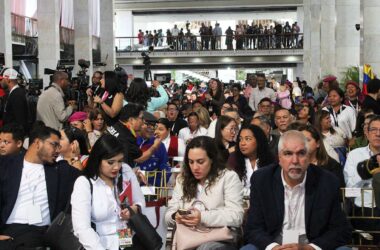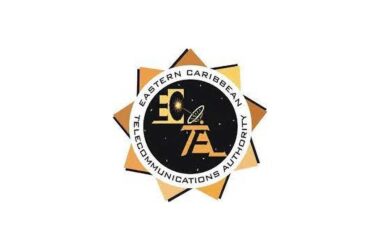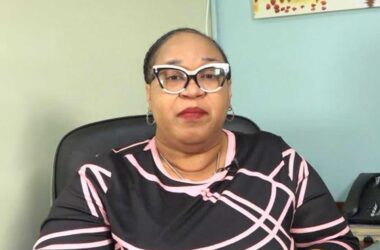SAINT Lucia is moving as quickly as it can to introduce a COVID-19 vaccine to citizens as authorization for emergency use of the serum is currently being granted by some parts of the developed world.
Chief Medical Officer, Dr. Sharon Belmar-George Thursday stated on a radio talk show that the forecasted timeline for the vaccine to arrive in the region is March 2021.
She anticipates that three percent of the vaccine would be available by June 2021 and 20 percent by December 2021.
With regards to Saint Lucia, Dr. George said that priority will be given to persons most at risk such as individuals with chronic diseases, the elderly and frontline workers.
“There are a number of things that we have to work on to look at how to implement,” she said, adding that the vaccine storage and a date for implementation of the vaccine are some of the things to be worked on.
The CMO yesterday noted that “Saint Lucia, like the rest of the world, is working diligently to access the safe and effective COVID-19 vaccine.”
“The Ministry of Health and Wellness has organized a COVID-19 Immunization Committee which is planning the roll out of the vaccine in country and this is being done with the support of the Pan-American Health Organization. This plan entails a health education and communication module scheduled to commence in January 2021 ahead of the introduction of the vaccine. This aspect is important to ensure our population has access to accurate, scientific information on the new vaccine to facilitate informed decisions in relation to its use for them and their family,” Dr. George said.
“Initial information suggests that at least 65-70% of the population would need to be vaccinated to achieve what is termed herd immunity, which is the level of resistance that is required across our population,” she added.
According to the CMO the Ministry of Health intends to monitor closely the use of the vaccine in the developed countries commencing this month to gain some insight of factors which supported its roll out, barriers and any key lessons learnt which can be applied to Saint Lucia.
“The national COVID-19 vaccine plan will also indicate the priority target groups to be focused on when the vaccine is introduced as well as the country’s policy on the dissemination of the vaccine into the wider community, the policy on availability, cost and conditions for uptake,” she said, noting that the Ministry will continue providing updates on the COVID-19 vaccines as information becomes available.
Saint Lucia, on 10 July, signed onto the COVAX Facility, which is a global mechanism to source COVID-19 vaccines and which ensures fair and equitable access to the vaccine by all participating countries.
The Facility is making investments across a number of selected promising vaccine options and will give access to doses of safe and effective vaccines when they receive regulatory approval.
Such access will be done by pooling the purchasing power from all participating countries. The COVAX Facility is guided by the World Health Organization’s framework that allows for distributing the vaccine equitably to each country in an effort to help protect the most at risk groups in the Facility’s participating countries.
On June 4, 2020 the Global Vaccine Summit, GAVI launched the COVID-19 Vaccines Advance Market Commitment (COVAX AMC) with the goal to ensure rapid but nonetheless equitable access to safe, effective COVID-19 vaccines to all countries, regardless of income level, developmental status, or population size. In July 2020, the GAVI COVAX AMC was approved as a financing mechanism to accelerate and reserve the COVID-19 vaccine. Saint Lucia, along with Dominica, Grenada, Haiti, St. Vincent and the Grenadines and Guyana are part of the six AMC CARICOM countries within the region which will receive a reduction in vaccine costs.
It is estimated that the first vaccine supply should be available by March 2021. To fulfill the commitment to fair and equitable access, GAVI is presently fundraising to finance the costs of at least 1 billion COVID-19 vaccine doses, which are fully subsidized donor funded doses to ensure lower income countries are not left behind. They seek to cover about 20% of the population of these six countries to make a real impact towards reducing spread of the pandemic.














